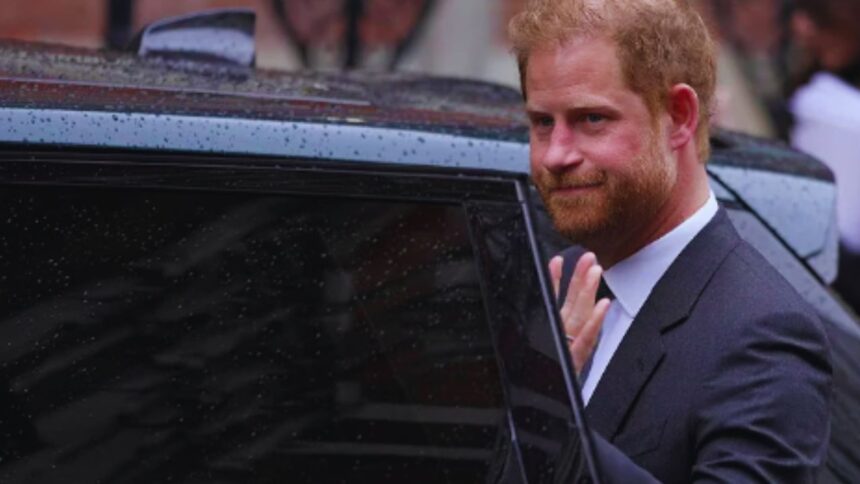Allegations of Unlawful Information Gathering in the Rock Media Industry
In a startling development within the media landscape, Prince Harry has initiated legal action against Associated Newspapers Limited (ANL), alleging unlawful information gathering. The court documents unveiled recently have unveiled a roster of prominent journalists embroiled in the controversy.
High-Profile Editors Named
Among the notable figures named in the court papers are Victoria Newton, editor of The Sun; Tony Gallagher, editor of The Times; and David Dillon, editor of The Mail on Sunday. These individuals find themselves entangled in the legal dispute surrounding allegations of privacy breaches and unethical information procurement.
Denial and Defiance
ANL vehemently refutes the accusations, labeling them as “preposterous.” The defense, articulated in written submissions to the court, portrays the claims as baseless assaults on the integrity of professional journalists. Despite the assertions made by Prince Harry and other claimants, ANL maintains its stance, denying any involvement in illegal information-gathering practices.
Prince Harry’s Stand
Prince Harry’s legal team asserts that the information obtained by private investigators on behalf of ANL was unlawfully acquired. The court filings outline a litany of grievances, including alleged instances of phone hacking, bugging, and unauthorized access to medical and financial records. These allegations cast a shadow over the practices employed by certain segments of the media.
A Clash of Narratives
While Prince Harry’s camp paints a picture of systematic misconduct within the ranks of ANL, the publisher’s defense counters with a robust denial. Lawyers representing ANL argue that the claims lack specificity and fail to substantiate widespread wrongdoing. This clash of narratives underscores the complexity of the legal battle unfolding in the High Court.
Industry Ramifications
The implications of this legal showdown extend beyond the immediate parties involved. It raises pertinent questions about journalistic ethics, media accountability, and the boundaries of press freedom. The outcome of this case could set precedents that reverberate throughout the media industry.
A Statement of Resolve
In response to the allegations, ANL issued a resolute statement reaffirming its commitment to responsible journalism. The publisher stands by its contention that the stories in question were based on legitimate sources and upheld journalistic standards. Despite the mounting pressure, ANL remains steadfast in its defense, signaling a protracted legal battle ahead.
Silence from the Newsrooms
Amidst the fervent legal wrangling, notable publications named in the lawsuit have chosen to maintain a conspicuous silence. The Sun, The Times, and The Sunday Times declined to comment on the ongoing litigation, opting to let the legal process run its course.
Ethical Dilemmas and Public Scrutiny
The case involving Prince Harry and ANL shines a spotlight on the ethical dilemmas confronting the media in the digital age. The proliferation of digital surveillance tools and the relentless pursuit of sensationalist stories have blurred the lines between legitimate journalism and invasive practices. As public figures demand greater protection of their privacy rights, media organizations face mounting pressure to uphold ethical standards while delivering compelling narratives.
Preserving the Public Trust
At its core, the dispute between Prince Harry and ANL underscores the need to preserve public trust in journalism. In an era marred by misinformation and sensationalism, the integrity of the press is more important than ever. As journalists navigate the complexities of the digital landscape, they must remain vigilant in upholding ethical principles and serving the public interest. Only through transparency, accountability, and a commitment to truth-telling can the media regain the trust of the public it seeks to inform.




